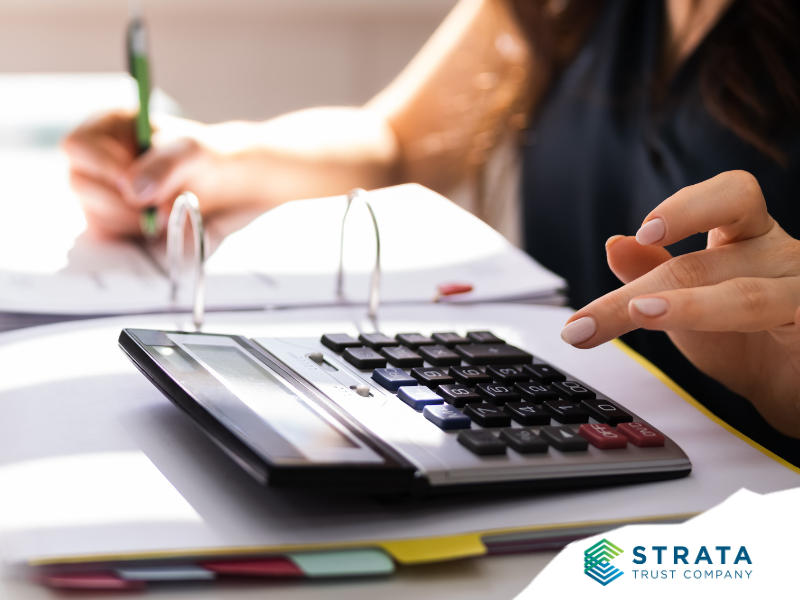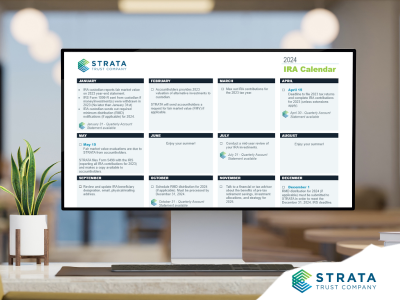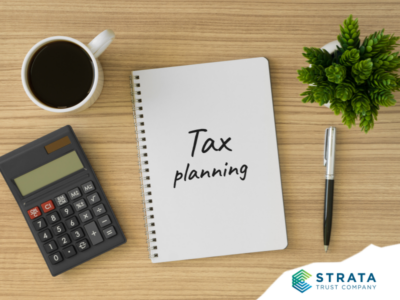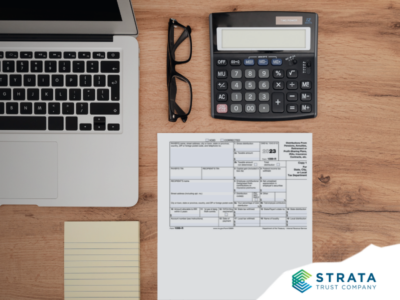Did you take a distribution (or withdrawal) in 2023 from your IRA or other tax-qualified retirement plan? If so, you should have received an IRS Form 1099-R by the end of January, or shortly after that. In many respects, this “information return” is similar to Form W-2, which is used to report your wages and other compensation. Like Form W-2, Form 1099-R reports the following to you and the IRS:
.
- The amount of your distribution
- How much is taxable – if that can be determined.
- How much is withheld as a prepayment of tax.
- The distribution code – which indicates whether a penalty may apply.
Because this distribution report contains important information that directly affects your tax return, you should pay close attention to it. And as with all such information, you may want to seek sound tax advice to make sure that you use the data properly. Meanwhile, the following information may help you understand how your distributions are taxed and what additional forms you may need to file.
Visit our article, 2023 IRA Distribution Reporting: IRS Form 1099-R for more information on this tax form.
.
Traditional IRA Distributions
Normally, the distributions that you take from a Traditional, SEP, or SIMPLE IRA are reported as fully taxable on the 1099-R. One important exception is if your IRA contains after-tax (i.e., nondeductible) contributions. If you own any non-Roth IRAs that contain such assets (also known as “basis”), then any withdrawal you make will consist of a proportionate amount of pre-tax and after-tax assets.
| Example | Trish has several Traditional IRAs that total $100,000. Over the years, she has made $20,000 in nondeductible (after-tax) contributions. In 2023, she takes a $5,000 distribution. Because 20% of her total IRA assets represent an after-tax basis, 20% of her $5,000 withdrawal will also consist of basis—so only $4,000 will be subject to taxation. |
.
Roth IRA Distributions
Unlike Traditional IRAs, Roth IRAs are typically reported as nontaxable. This is because the only assets in a Roth IRA that could be taxable are earnings; the contributions that you receive have already been taxed, and are returned to you free from additional tax. Qualified distributions1 are always distributed tax free. And even nonqualified distributions are distributed tax free—except for the earnings, which come out only after all the basis is withdrawn.
As with tracking after-tax contributions to Traditional IRAs, you must keep track of your Roth contributions. The difference, however, is that annual Roth IRA contributions do not require filing any additional forms with the IRS. Instead, you must keep track of your contributions yourself (using whatever manner of tracking that can document this information). That way, if you take a nonqualified Roth IRA distribution, you will be able to substantiate the amount of nontaxable basis that is paid to you—and will be able to reflect that on IRS Form 8606.
.
Did You Elect Withholding?
IRA custodians must normally withhold 10 percent on taxable distributions from IRAs—unless the IRA owner waives withholding or elects to withhold a different amount. Because distributions from Roth IRAs are generally not subject to taxation, the 10 percent withholding default does not apply to Roth IRA withdrawals. Because withholding is simply a prepayment on your tax obligation, the amount that you elect to withhold does not affect your ultimate tax liability for the year–but it may affect your refund or the amount that you must pay with your return. In addition, if you don’t withhold enough, you could be subject to a penalty for this insufficient withholding unless you pay estimated tax. That’s why it makes sense to elect a proper withholding percentage, especially for larger distributions of taxable IRA assets.
.
Do You Need to File Additional Forms?
You may need to file other IRS forms with your tax return to account for certain contributions and distributions.
IRS Form 5329: Additional Taxes on Qualified Plans (Including IRAs) and Other Tax-Favored Accounts – If you take an IRA distribution before you reach age 59½, you may have to pay a 10 percent additional tax. If this is the only additional tax that you must pay, you don’t have to file Form 5329. But if you claim an exception to this tax—or if you must pay tax for missing an RMD or for contributing too much to your IRA—you’ll need to file it.
IRS Form 8606: Nondeductible IRAs – You must file Form 8606 for 2023 if you made a nondeductible contribution to a Traditional IRA, if you took an IRA distribution and you have nondeductible assets in any non-Roth IRA, if you converted assets to a Roth IRA, or if you took a nonqualified distribution from a Roth IRA. Using this form properly will help you avoid paying taxes on the same assets twice. In addition, failing to file an 8606 when it’s required could result in penalties.
.
More Information
As you know, tax rules can be confusing—STRATA recommends you seek sound tax or accounting advice regarding your IRA distributions. Visit our Self-Directed IRA Knowledge Center for more information on IRAs and IRS tax reporting. You can also contact our self-directed IRA experts with any questions you may have regarding IRA-related tax forms.
1You are eligible for a qualified distribution once you’ve had a Roth IRA for at least five taxable years and you are at least age 59½, disabled, buying a first home, or a Roth IRA beneficiary.









